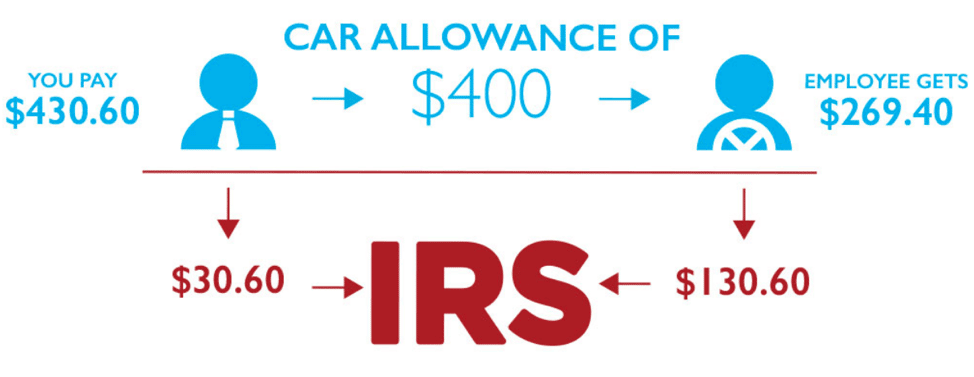Driving employees rack up quite a few expenses as they drive. From fuel and maintenance to insurance premiums and depreciation, these all have their costs. When driving employees use their personal vehicles for business, they must be repaid accordingly. But tracking, processing and reimbursing accurately for these costs is not always easy. That’s particularly true for companies with a large number of driving employees in various roles. When it comes to choosing a vehicle program, companies have several options that may work best for them. Car allowances have their appeal, but they might not be the best fit for your company. Let’s dig into why.
What are the different vehicle program options?
There are four major vehicle program options. They include fleet programs, cents-per-mile programs, car allowance programs, and Fixed and Variable Rate (FAVR) reimbursement programs. Each of these has its balance of benefits and downsides. Because of their simplicity and reduced administrative effort, car allowance programs can be very attractive. That’s especially true for small businesses or start-ups looking to get a program in place quickly. But are they the best option for the company and its driving employees?
Is a car allowance the right idea for your company?
Providing all mobile workers $400 a month to cover business travel expenses may save the time of calculating individualized reimbursements. However, this method can cost both employers and employees thousands of dollars each year. Why?
We know that reimbursing employees for all expenses incurred while traveling for work is important. Employees driving their personal vehicles for work see a wide array of expenses. Those include fuel, registration fees, license fees, taxes, insurance premiums, vehicle repairs, vehicle depreciation and more. These costs vary considerably over time and are dependent on the mobile worker’s location. Compare car insurance premiums in Charlotte, North Carolina might cost around $1,285. On the other hand, premiums on the same car could cost $4,259 in Detroit, Michigan.
This perceived complexity in accounting for different costs can seem overwhelming. This makes it easier for companies to chose a car allowance, thinking that this solution is “good enough.” But the drawbacks of car allowances more than offset the simplicity. Ultimately, car allowances create tax waste for both the employer and employee and decrease employee efficiency.
Car allowances result in significant tax waste
Although companies can easily report car allowances to the IRS, they raise a company’s Federal Insurance Contributions Act (FICA) tax liability greatly. Other reimbursement methods can even be paid tax-free. Car allowances aren’t based on actual expenses. Because of this, they’re subject to both FICA taxes for employers and income taxes for employees.
This means that providing a flat monthly allowance of $400 to each employee can cost an organization $430.60, while employees take home only $269.40. That’s $130.60 of tax waste per employee each month.

Car allowances decrease employee efficiency
Car allowance programs encourage mobile workers to drive less for work in order to take home more money. Paying an employee who drives 500 miles per month the same amount as one who drives 1,500 miles per month overpays the low-mileage worker and underpays the high-mileage worker.
This actively incentivizes mobile workers to drive less, or not drive at all. The less they drive, the more allowance they keep. Additionally, the less they drive, the less wear and tear they put on their personal vehicles. As a result, companies end up paying more in allowances while incentivizing employees to spend less time with customers, ultimately decreasing efficiency and productivity. And, for companies whose employees are considered high-mileage and incur additional costs, car allowances introduce the threat of class-action lawsuits, since employees may be able to claim they’ve been underpaid.
There’s a better way to reimburse mileage
No two business trips are the same, so why would a company choose to reimburse all travelers the same amount? Companies that reimburse mileage based on the individual costs of driving for business uncover significant cost savings from their T&E budget. Ideally, companies should reimburse their driving employees tax-free, based on where and how far they drive for work. And ideally, that reimbursement is also IRS-compliant with an automated process that’s easy on the employee.
There are several other vehicle programs that could be configured to meet the needs of your company. It might even be a combination of vehicle programs! Find out all about those programs and why one might be the best fit for your and your team in our blog Vehicle Programs: the Guide to Vehicle Reimbursement Programs.







